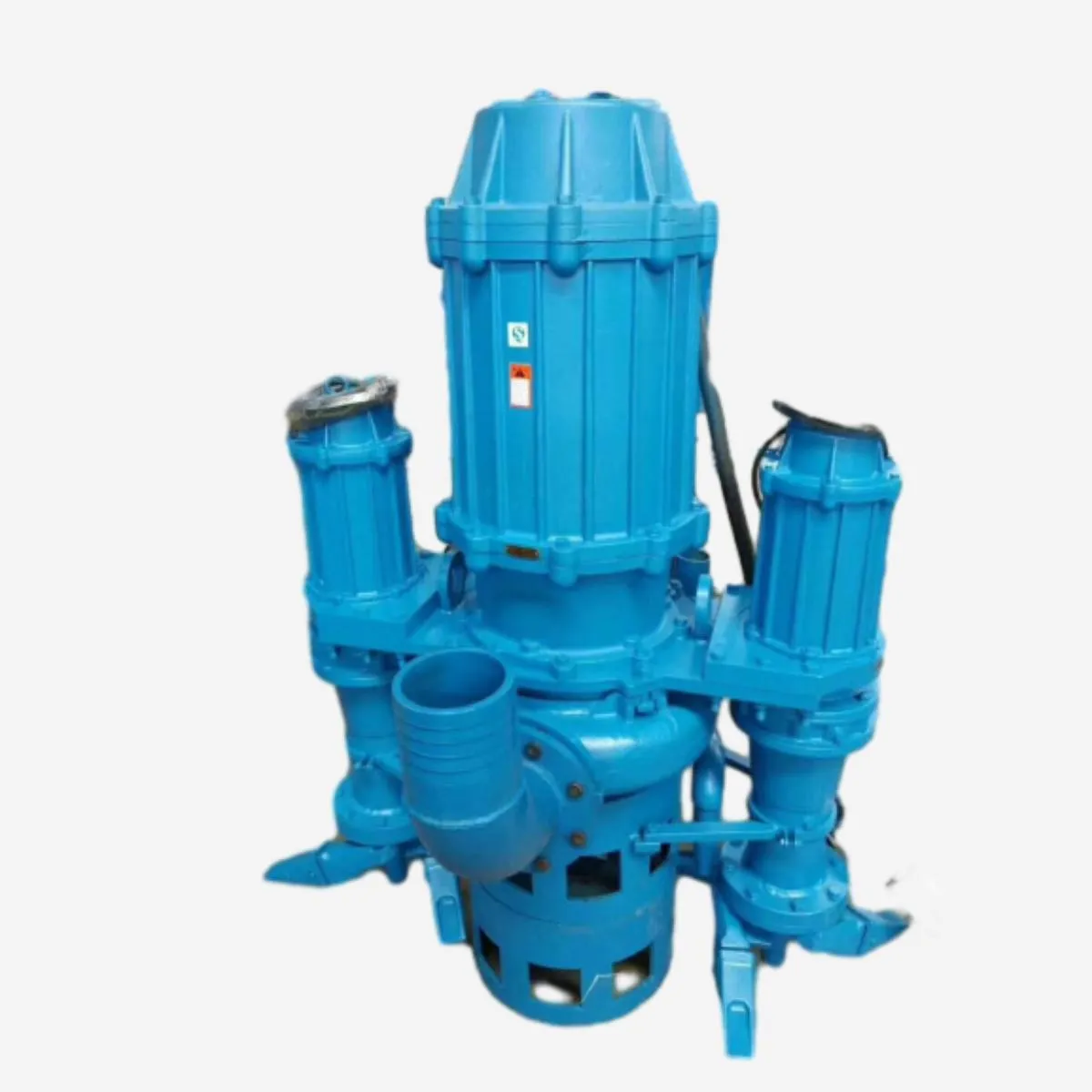English
- Afrikaans
- Albanian
- Amharic
- Arabic
- Armenian
- Azerbaijani
- Basque
- Belarusian
- Bengali
- Bosnian
- Bulgarian
- Catalan
- Cebuano
- Corsican
- Croatian
- Czech
- Danish
- Dutch
- English
- Esperanto
- Estonian
- Finnish
- French
- Frisian
- Galician
- Georgian
- German
- Greek
- Gujarati
- Haitian Creole
- hausa
- hawaiian
- Hebrew
- Hindi
- Miao
- Hungarian
- Icelandic
- igbo
- Indonesian
- irish
- Italian
- Japanese
- Javanese
- Kannada
- kazakh
- Khmer
- Rwandese
- Korean
- Kurdish
- Kyrgyz
- Lao
- Latin
- Latvian
- Lithuanian
- Luxembourgish
- Macedonian
- Malgashi
- Malay
- Malayalam
- Maltese
- Maori
- Marathi
- Mongolian
- Myanmar
- Nepali
- Norwegian
- Norwegian
- Occitan
- Pashto
- Persian
- Polish
- Portuguese
- Punjabi
- Romanian
- Russian
- Samoan
- Scottish Gaelic
- Serbian
- Sesotho
- Shona
- Sindhi
- Sinhala
- Slovak
- Slovenian
- Somali
- Spanish
- Sundanese
- Swahili
- Swedish
- Tagalog
- Tajik
- Tamil
- Tatar
- Telugu
- Thai
- Turkish
- Turkmen
- Ukrainian
- Urdu
- Uighur
- Uzbek
- Vietnamese
- Welsh
- Bantu
- Yiddish
- Yoruba
- Zulu
Telephone: +86 13120555503
Email: frank@cypump.com
Dec . 06, 2024 20:48 Back to list
pump tank for septic system
Understanding Pump Tanks for Septic Systems
Septic systems are a common form of wastewater treatment found in many rural and suburban areas. These systems are designed to handle sewage from homes that are not connected to municipal sewer systems. Among the various components of a septic system, the pump tank plays a crucial role in ensuring the proper functioning and longevity of the system. In this article, we will explore what a pump tank is, its importance, and how it functions within a septic system.
What is a Pump Tank?
A pump tank is a specialized container that holds sewage and wastewater before it is pumped to a drain field or other treatment area. Typically made of durable materials like fiberglass or polyethylene, the pump tank is designed to withstand the corrosive nature of wastewater. It is equipped with a pump that activates when the wastewater reaches a certain level, allowing for efficient movement of the sewage to the next stage of treatment.
Importance of a Pump Tank
The primary purpose of the pump tank is to manage wastewater in areas with minimal natural drainage or when the drain field is at a higher elevation than the septic tank. Without a pump tank, homeowners might experience sewage backup, unpleasant odors, and environmental hazards. Additionally, proper management of wastewater is essential for protecting local water sources and maintaining public health.
1. Elevation Issues In properties with uneven terrain, the use of a pump tank allows for a smooth flow of wastewater to a drain field located at a higher elevation. This is particularly useful in hilly regions where gravity is not sufficient to move the fluids naturally.
2. Backup Prevention By using a pump tank, the system can prevent sewage backup into the home, which can be incredibly costly and hazardous. Regular maintenance of the pump and tank can help ensure that this function is performed effectively.
pump tank for septic system

3. Efficient Wastewater Treatment Pump tanks allow for a more controlled and timely delivery of wastewater to the treatment area. This ensures that the drain field is not overwhelmed, enabling it to function properly and minimize risks of clogging and failure.
How Does a Pump Tank Work?
The operation of a pump tank is relatively straightforward. It functions by using a float switch to monitor the water level inside the tank. When the water reaches a predetermined level, the float switch activates the pump. The pump then pushes the wastewater through a discharge pipe to the designated treatment area, typically a drain field composed of leach lines that filter and absorb the water into the soil.
1. Monitoring and Control Advanced pump tanks can include alarms to alert homeowners of any malfunctions or if the wastewater reaches an unsafe level. Monitoring systems can provide valuable feedback on the health of the septic system.
2. Maintenance Needs Regular maintenance is essential for ensuring the longevity of the pump tank and the entire septic system. Homeowners should have their pump tanks inspected and pumped every three to five years, depending on usage, to prevent clogs and other issues.
3. Key Components In addition to the pump and float switch, a pump tank may also include components like a check valve, which prevents backflow, and a filter system to reduce solids that could damage the pump.
Conclusion
In summary, pump tanks are a critical component of septic systems, particularly in areas with elevation challenges or potential for sewage backups. Understanding the role of a pump tank and maintaining it properly can lead to a more efficient and effective wastewater management system, safeguarding both the environment and public health. For homeowners considering the installation of a septic system or pump tank, it is advisable to consult with a professional to ensure proper design, implementation, and maintenance, ultimately contributing to the longevity and reliability of their sewage treatment solutions.
-
ISG Series Vertical Pipeline Pump - Chi Yuan Pumps Co., LTD.
NewsJul.30,2025
-
ISG Series Vertical Pipeline Pump - Chi Yuan Pumps Co., LTD.|energy-efficient fluid handling&industrial durability
NewsJul.30,2025
-
ISG Series Vertical Pipeline Pump - Chi Yuan Pumps | Advanced Engineering&Industrial Efficiency
NewsJul.30,2025
-
ISG Series Pipeline Pump - Chi Yuan Pumps | High Efficiency, Energy Saving
NewsJul.30,2025
-
ISG Series Vertical Pipeline Pump-Chi Yuan Pumps|High Efficiency&Reliable Performance
NewsJul.29,2025
-
ISG Series Vertical Pipeline Pump|High Efficiency&Low Noise
NewsJul.29,2025










